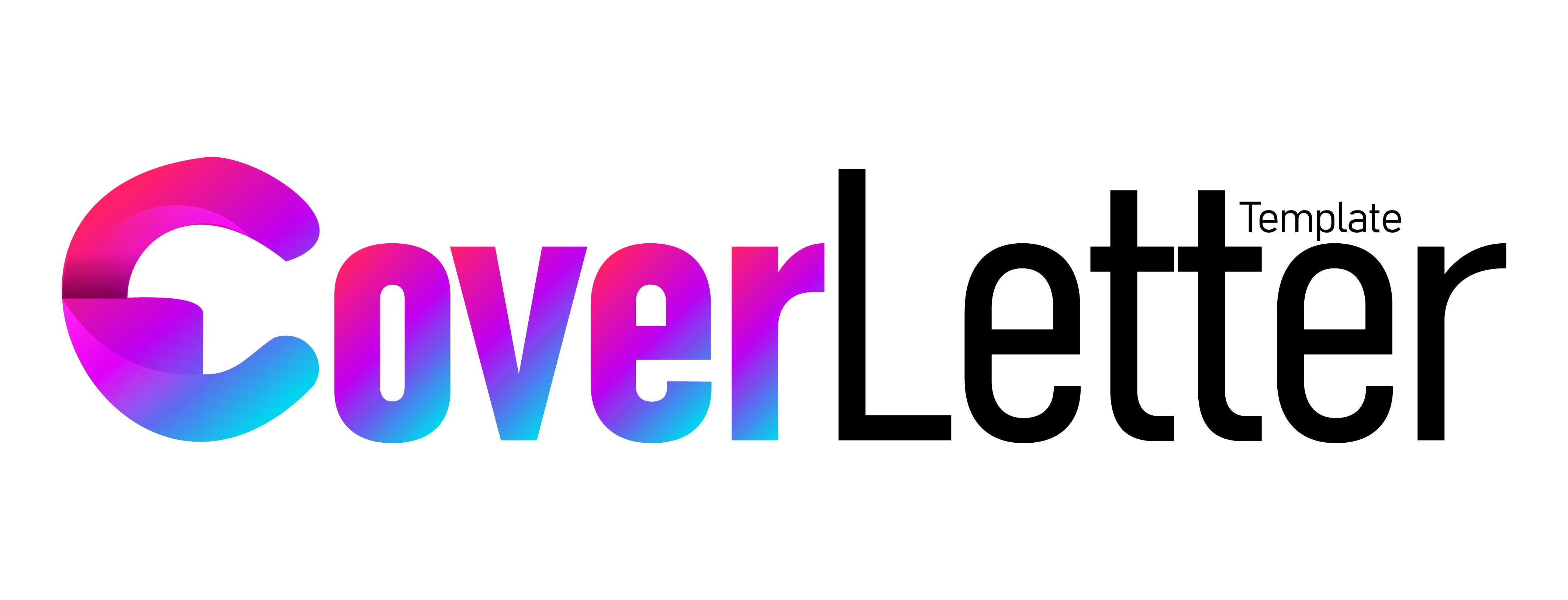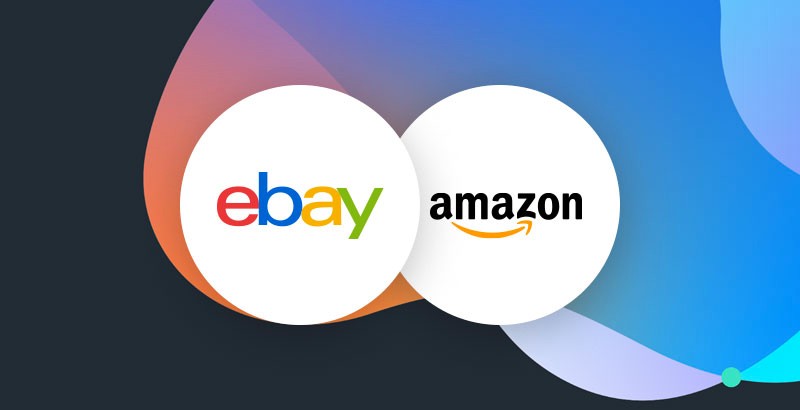Rather than restricted categories, restricted products are listed on eBay. You should confirm that your product or category is not restricted, prohibited, or gated before deciding which platform to sell on. However, there is a vast array of viable categories and goods. It is essential to know about selling on amazon or eBay.
You’ll always list at a fixed price here, so you’ll always know where you are financially, and you’ll always sell for £10. As a result, both platforms’ fixed price models provide some assurance and allow you to forecast and manage your sales and profit. Then there’s the matter of fees to consider. eBay typically charges a flat 10% selling fee (which varies by category), however, this does not include PayPal payment processing fees. These are usually an extra 2.9 percent plus 20p. Amazon typically charges a 15% commission, which provides for payment processing expenses. However, if you utilize their FBA service, you will have to pay additional fees. The problem is that your advertised pricing, which determines how much money you make, must account for a variety of criteria, including:
- The level of your product’s quality. If your product is of higher quality and superior to your competitors, and you make sure to convey this in your listings, you’ll be able to command a higher price – and get it.
- You’re up against it. It goes to reason that if you have little or no competition and your product is popular, you will sell more.
- Your product’s one-of-a-kindness. You’ll sell more if your product is uncommon, in high demand, has a unique selling proposition, or otherwise sticks out.
- Your brand’s recognition. If you have a good reputation on one or both of the sites, you’ll be able to charge a more excellent price for your goods because your buyers will already trust you. In addition, Amazon is a terrific place to offer your own branded products, and if you go that route, your business will prosper.
All of these considerations apply to both eBay and Amazon. You can price your things differently on different sites, but the amount of money you make will ultimately be determined by your product, branding, profit margins, and how well your list.
Final thoughts
There are several parallels between the categories accessible on Amazon and eBay. Most notably, eBay does not have nearly as many limitations as Amazon. Amazon has 40 types, 23 of which are uncontrolled and 12 require seller permission. In some instances, this is to prevent counterfeiting. You will make £3.00 each sale if you offer a product on eBay for a set price of £10 and your profit margin is 30%. To generate a substantial profit from this commodity, you’ll need to sell in enormous quantities. If you go with eBay and offer your item as an auction, you’ll be at the mercy of your bidders, and you might not get the £10 price you hoped for. On the other side, you can pay more than £10! On Amazon, this is not the case.







